Explore Africa's "Ugly Five" and Their Vital Ecological Roles | ZimHolidayAndArt
Marabou Stork: This large bird stands out with its ungainly posture, bald head, and massive bill. The skin on its head and neck is bare, which helps keep it clean while scavenging. Despite its awkward appearance, the Marabou Stork is an efficient scavenger, playing a crucial role in its ecosystem by consuming carrion.
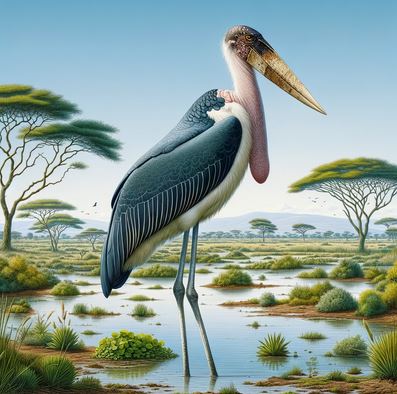
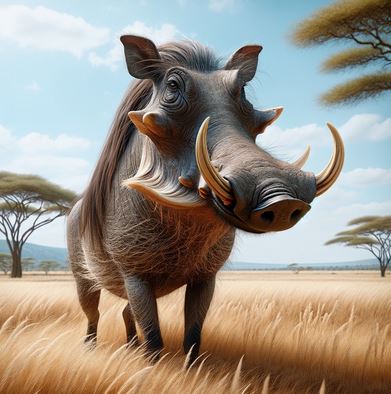
Warthog: With a large, flat head equipped with prominent curved tusks and distinctive facial "warts," warthogs might not win a beauty contest. These warts are actually thick protective pads. The warthog is known for its ability to kneel on its padded knees while foraging with its snout.
Hyena: Often maligned in popular culture, hyenas have a hunched back and uneven legs that give them a distinctive gait, as well as a somewhat scruffy, spotted coat. Despite their reputation, hyenas are intelligent and socially complex creatures and are highly effective predators and scavengers.
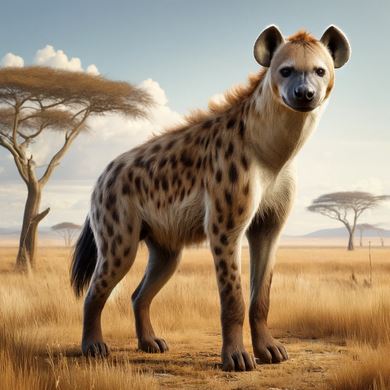
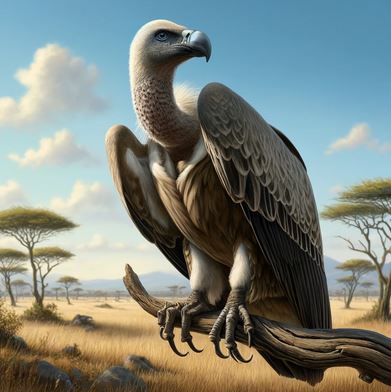
Vulture: Various species of vultures can be included in this group, typically characterized by their bald heads and necks—adaptations for hygiene while feeding on carrion. These birds are crucial to the ecosystem, preventing the spread of disease by consuming dead animal matter.
Wildebeest: Also known as the gnu, wildebeests have a large, boxy head, shaggy mane, and a robust build with a characteristic sloping back. Their appearance might seem odd, but their build is ideal for enduring long migrations across the African savannah.
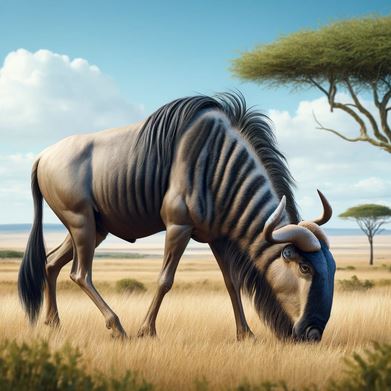
Credit: Chatgpt 4.0 Dall-E